Inside the luxury capsule carrying passengers to the edge of space
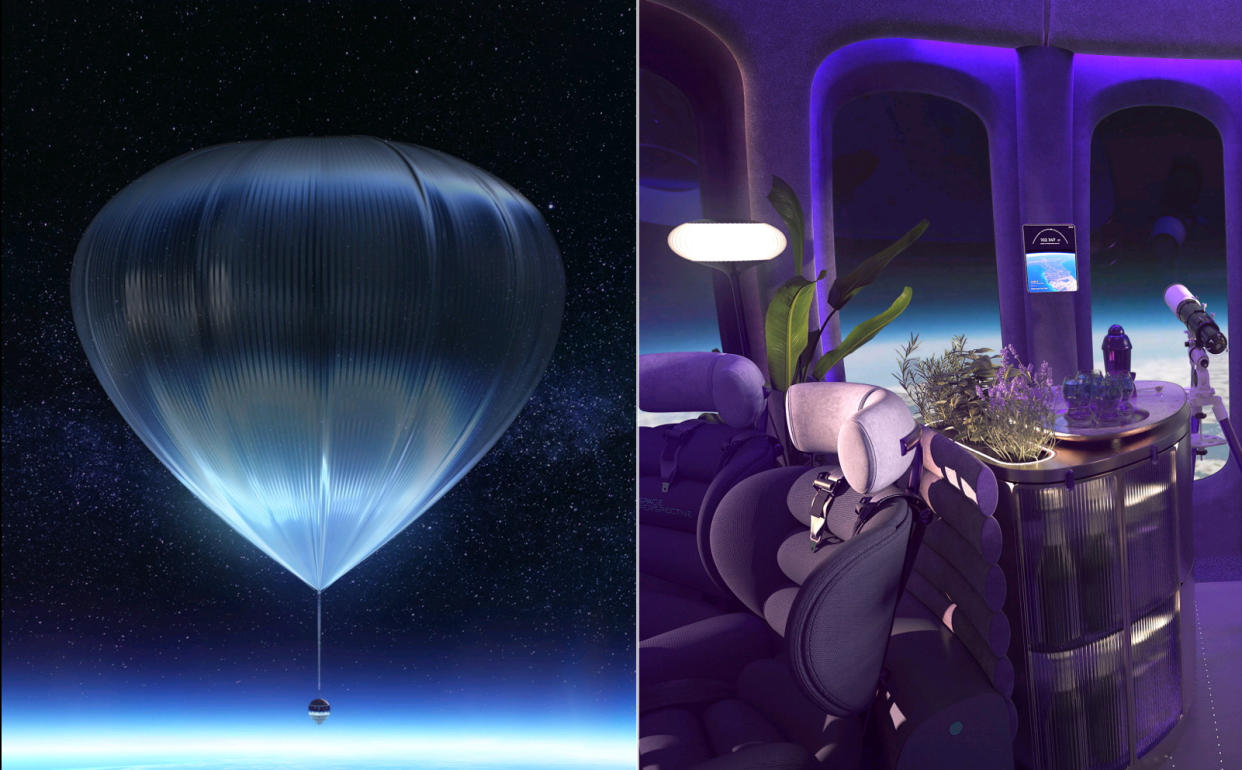
This is the luxurious – and very expensive – balloon capsule that will soon carry passengers to the edge of space.
The Spaceship Neptune - Excelsior craft has just carried out a successful test flight, flying without a crew to an altitude of around 100,000 feet.
Florida-based Space Perspective set the balloon off from the Marine Spaceport Voyager ship, off the coast of St Petersburg, Florida, on 15 September. Over six hours, the capsule reached above 99% of Earth's atmosphere before making a controlled descent and splashdown.
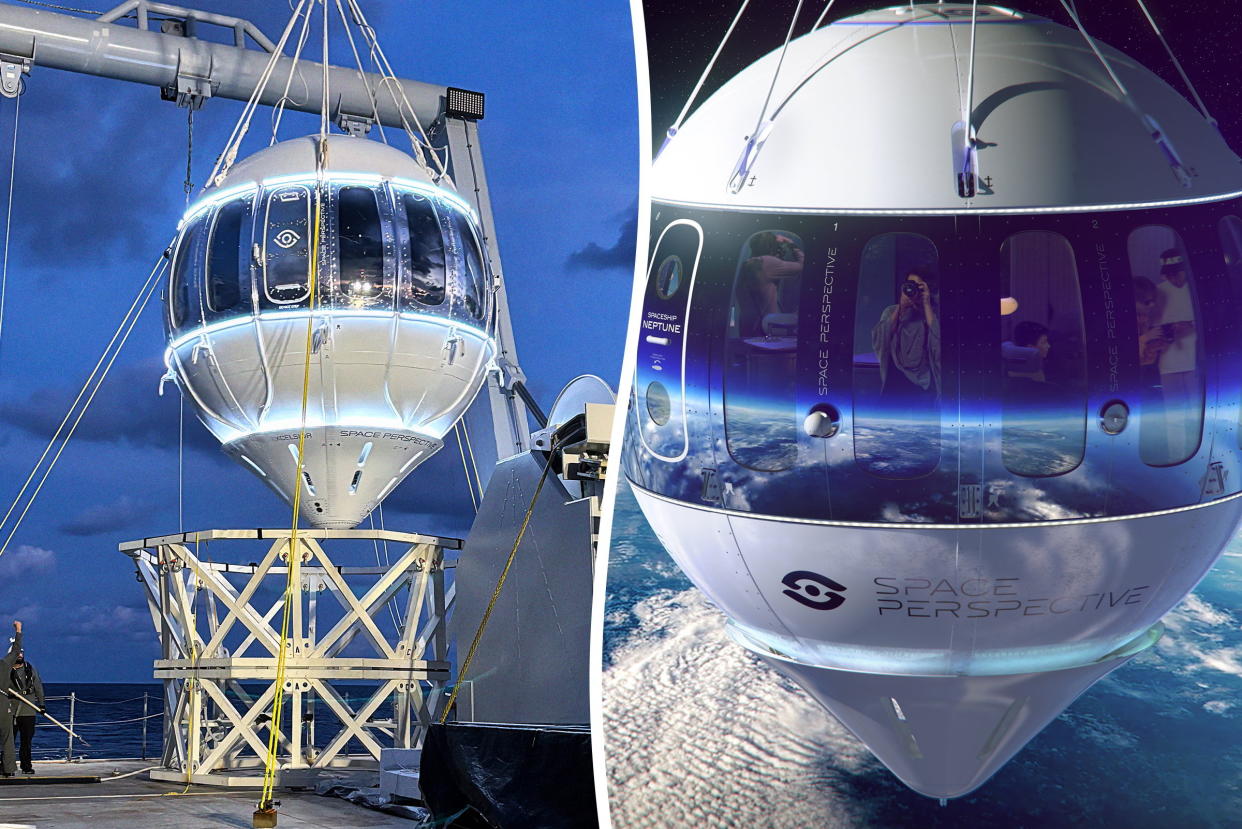
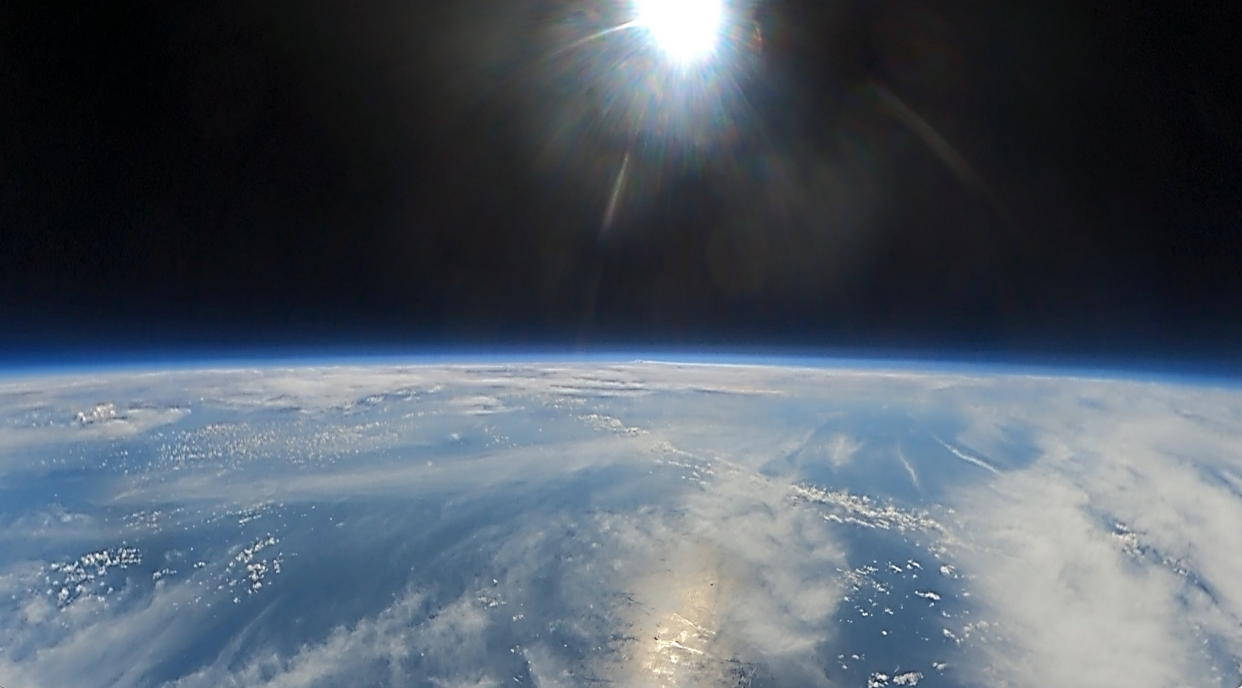
After the test validated several key technologies, Space Perspective took one step closer to offering commercial space flights. However, anyone hoping to step on board will need to pay out more than £94,000 for the privilege of seeing Earth from an extremely high vantage point.
Up to eight passengers will gently ascend in the pressurised craft to an altitude of more than 19 miles. They will enjoy a world-class food and beverage programme, comfortable seating, and amenities like custom headphones.
The company plans to start human spaceflights in 2025, with commercial operations beginning in 2026. To date, more than 1,800 tickets have been sold.
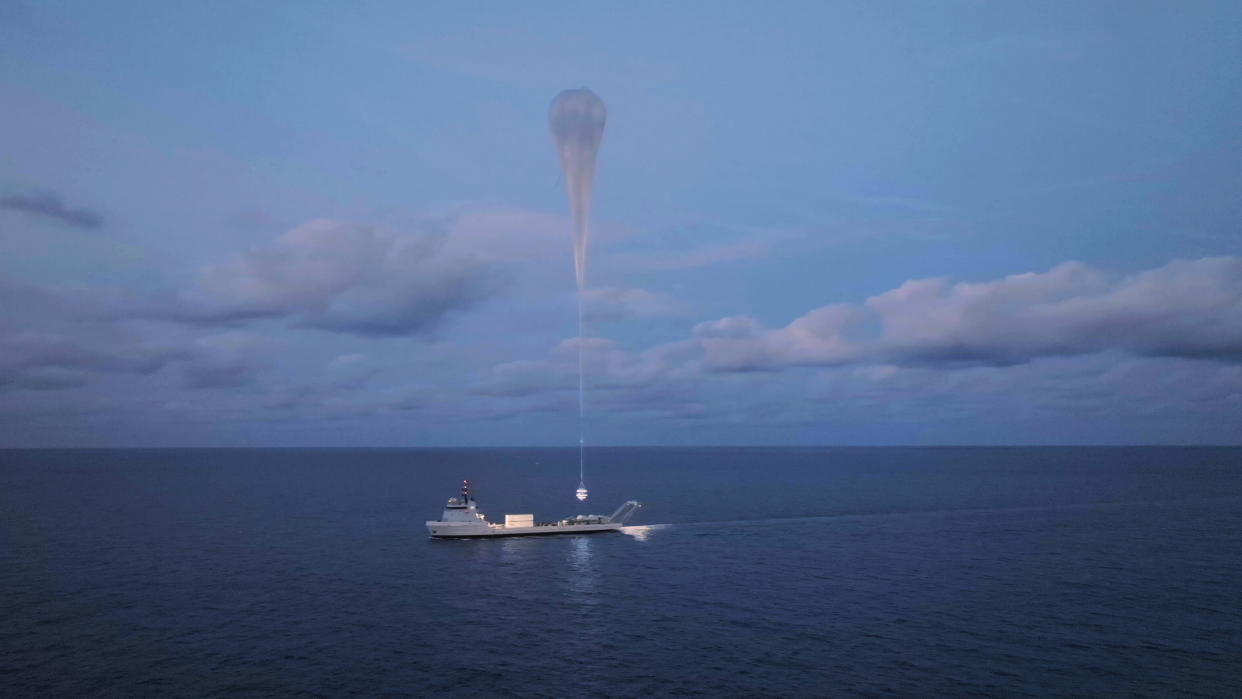
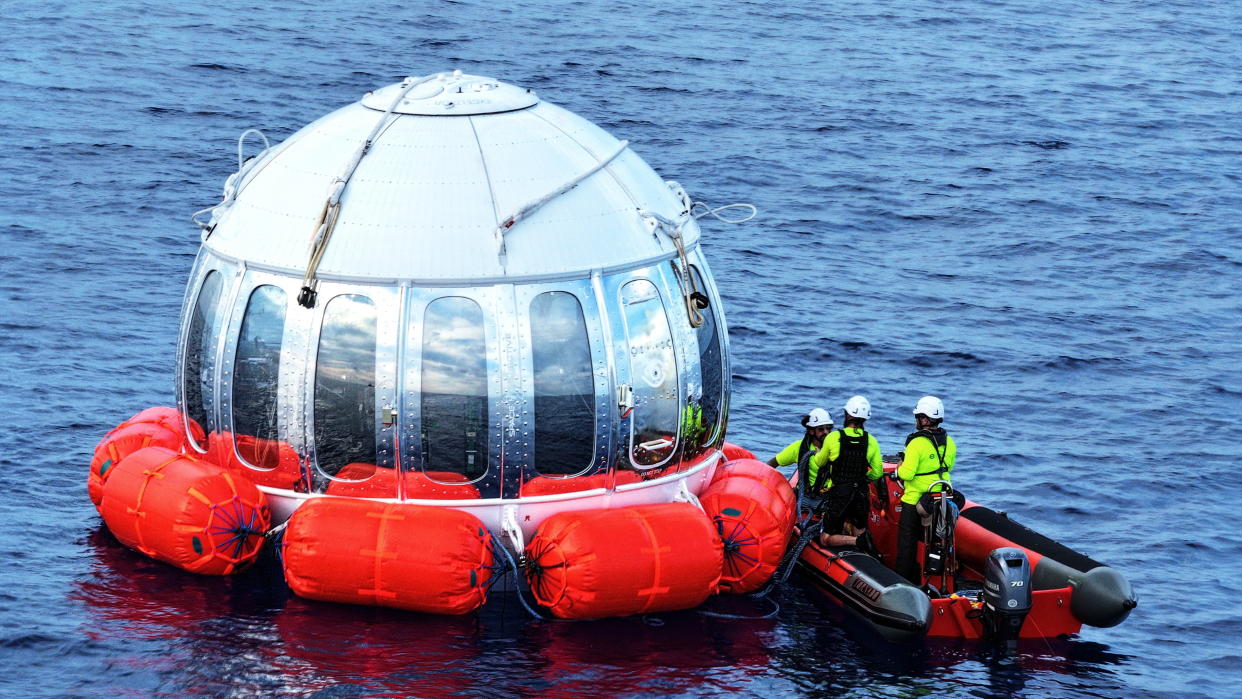
Taber MacCallum, founder and chief technology officer, described the successful test as a “defining moment”. He added: “This uncrewed flight not only proves our technology but also brings us closer to making space accessible for everyone.”
Co-founder Jayne Poynter added: “This demonstration shows how accessible and gentle our spaceflight experience will be, bringing space travel within reach for more people than ever.”
Is space tourism about to take off?
While space tourism is still a venture for the very rich, it may not be too long before commercial trips to the edge of space become much more affordable – and more common.
Companies like SpaceX and Virgin Galactic are at the forefront of taking tourists higher than they’ve ever been but as the practice becomes more common, it is likely that there will be a decrease in the costs.
A report by UBS suggests that the market for space tourism could reach over £3 billion by 2030, suggesting that its core customers won’t simply be adventurous billionaires.
Despite recent strides towards space tourism, there is still a little way to go before commercial space tours are both fully operational and available. Nevertheless, companies like SpaceX has every intention of sending tourists around the moon by 2025, with regular space travel predicted to become a reality within the next decade.


